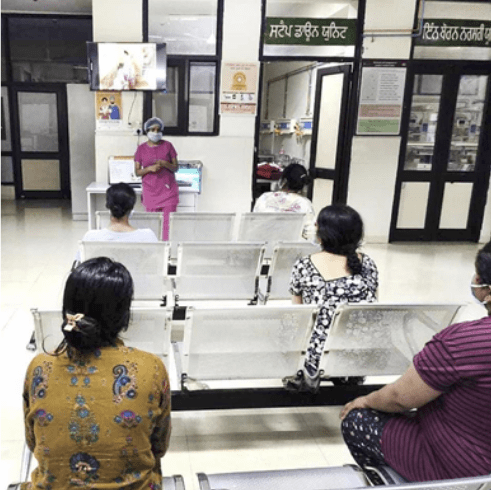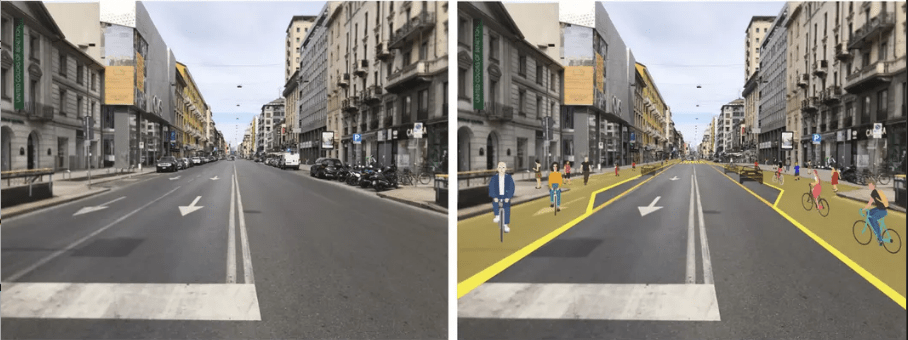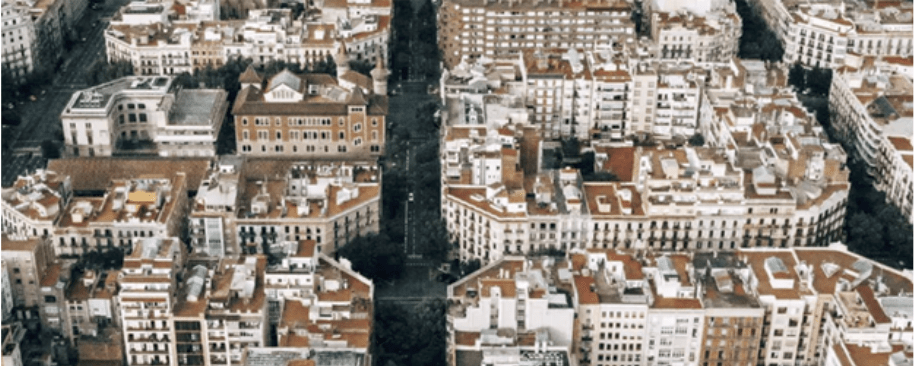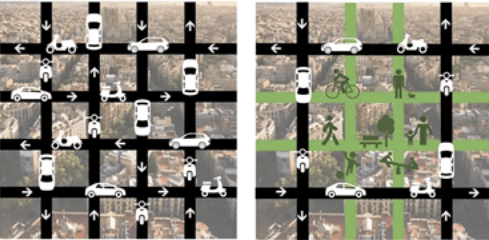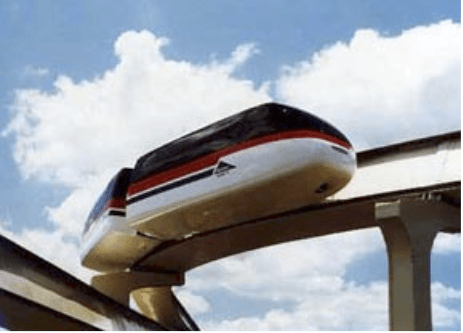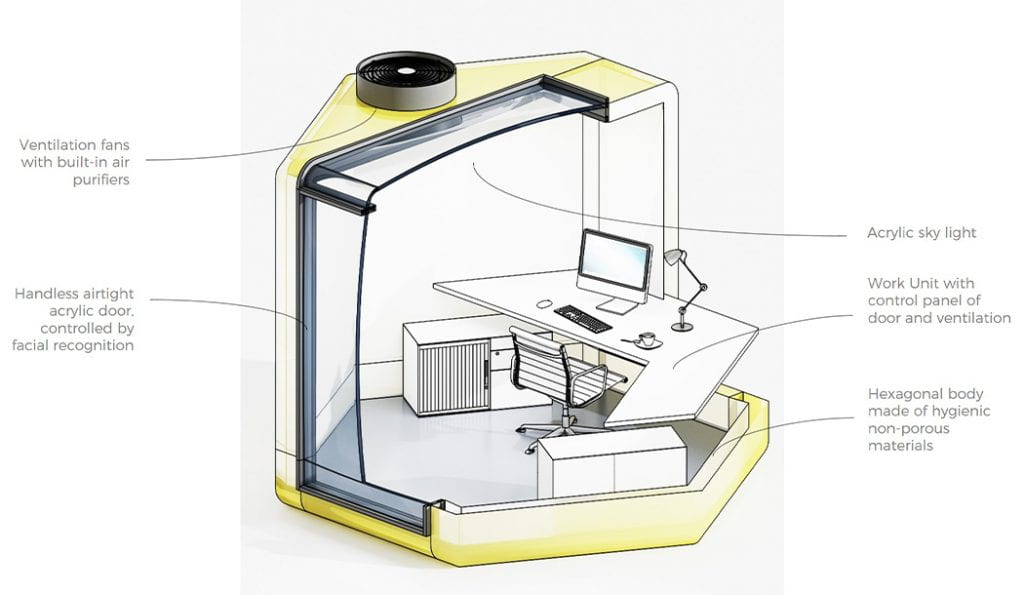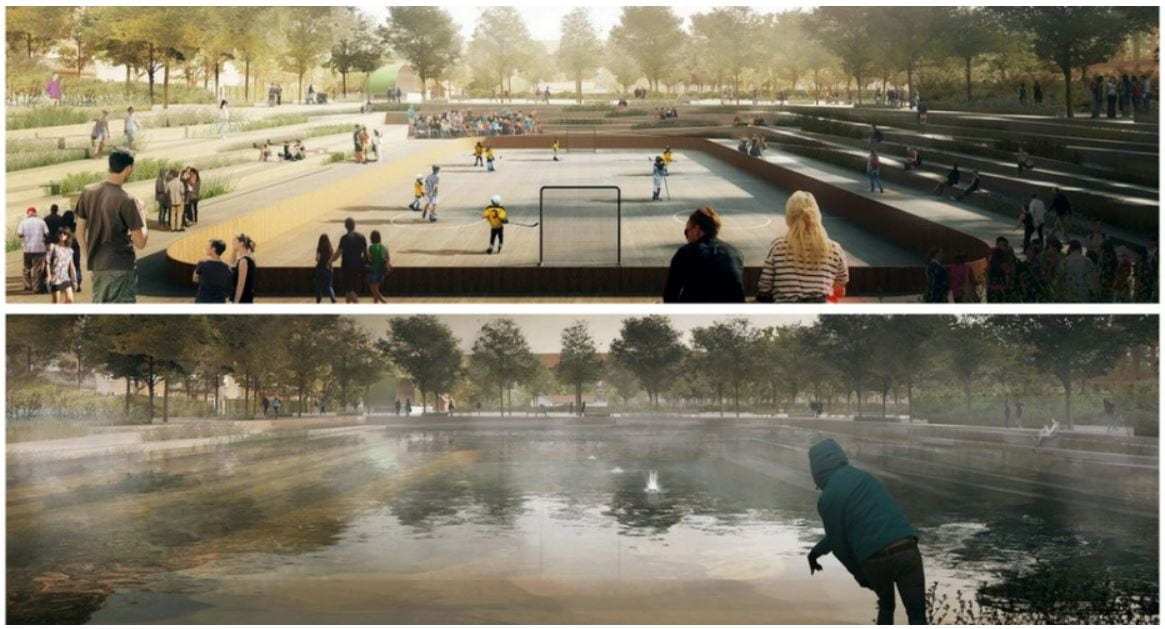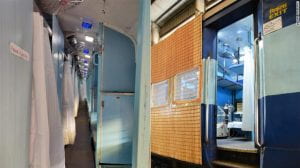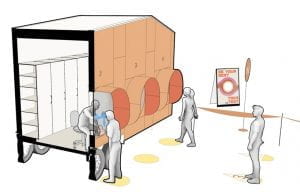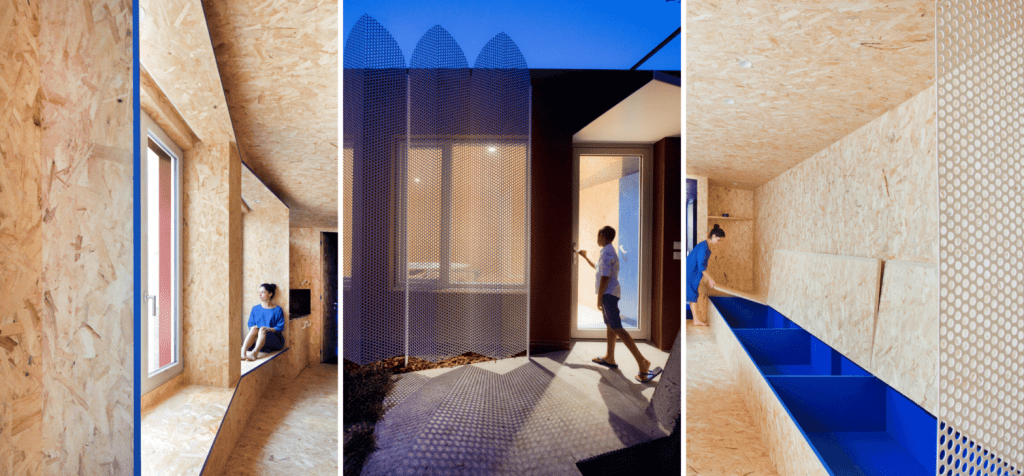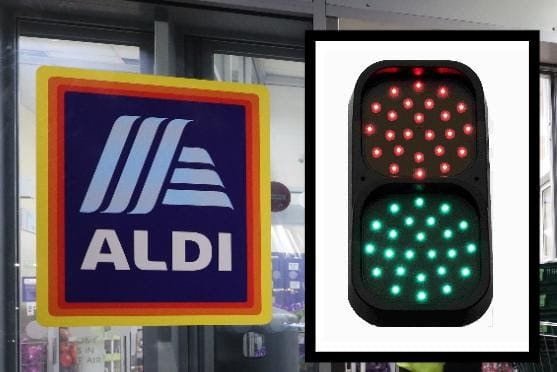Venice, Italy, Carlos Ratti and Collaborative Team
https://www.archdaily.com/936911/interview-carlo-ratti-on-architecture-that-fights-covid-19?ad_source=search
Repurposed shipping containers can serve as modular intensive care units. This shipping container infrastructure allows for a high level of flexibility, as well as making the project affordable, since these are inexpensive. Shipping containers give the opportunity to be installed anywhere and when not needed, can be taken away supporting flexibility without leaving marks behind. They can be stacked on top of each other with no structure needed, which makes these modular healthcare units expandable and scalable.


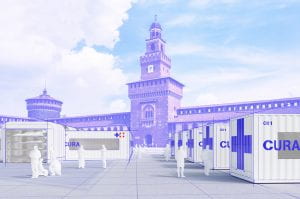
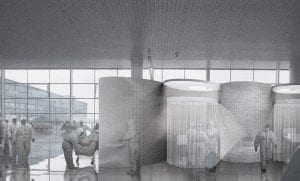
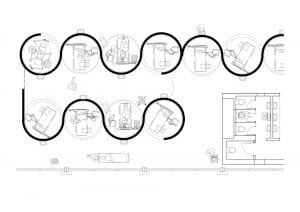
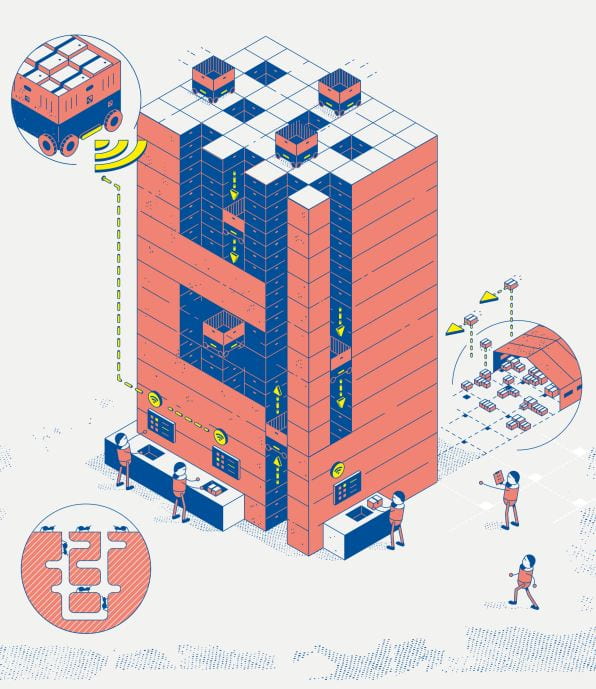

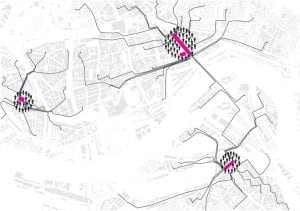
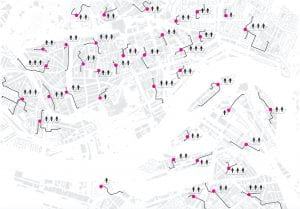
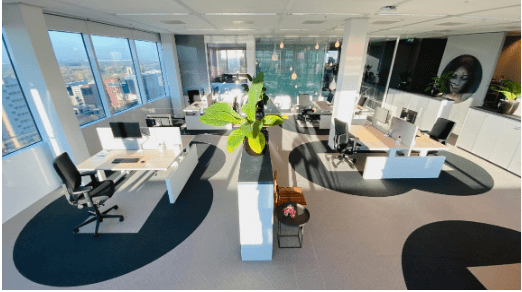
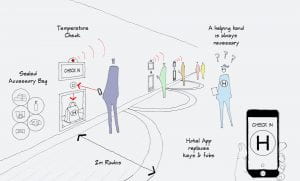
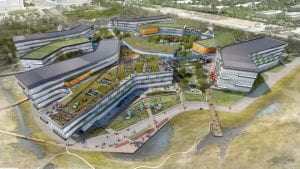
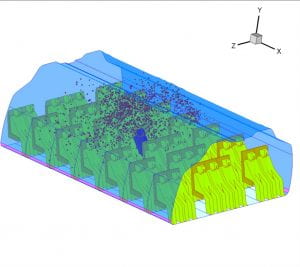
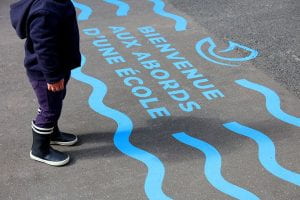

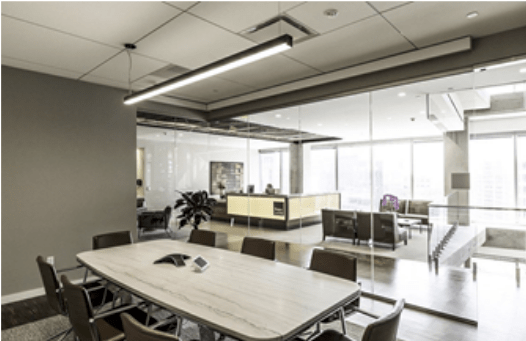 Newer office buildings can utilize data produced and processed by their lighting control system to capture and analyze data to better understand how their spaces are being used to be able to make informed decisions for a safer reentering strategy. This project takes a deeper look at how automated lighting works in buildings, particularly offices to use the data gained from the light sensors that can impact how people use spaces together post COVID.
Newer office buildings can utilize data produced and processed by their lighting control system to capture and analyze data to better understand how their spaces are being used to be able to make informed decisions for a safer reentering strategy. This project takes a deeper look at how automated lighting works in buildings, particularly offices to use the data gained from the light sensors that can impact how people use spaces together post COVID. 